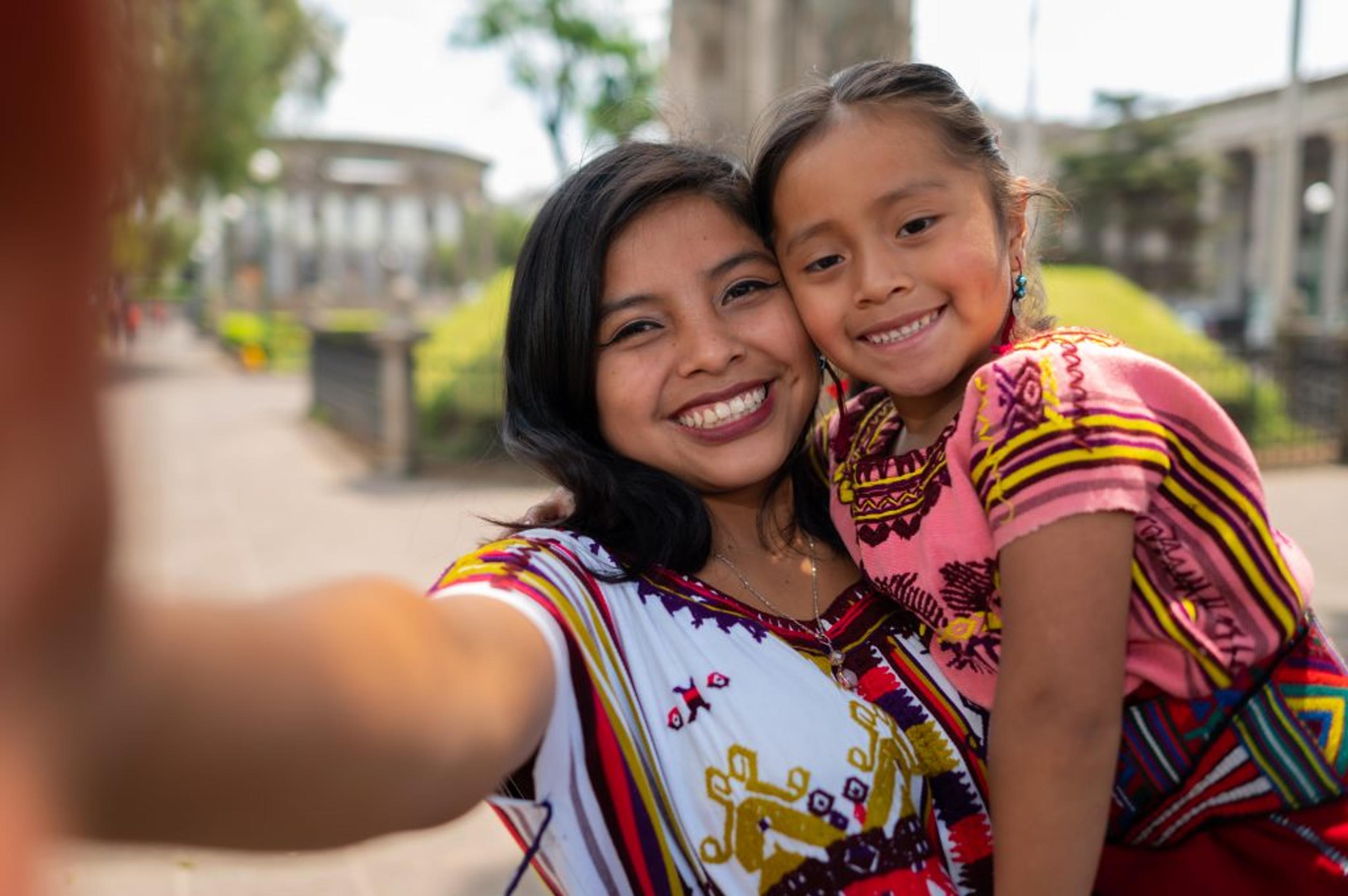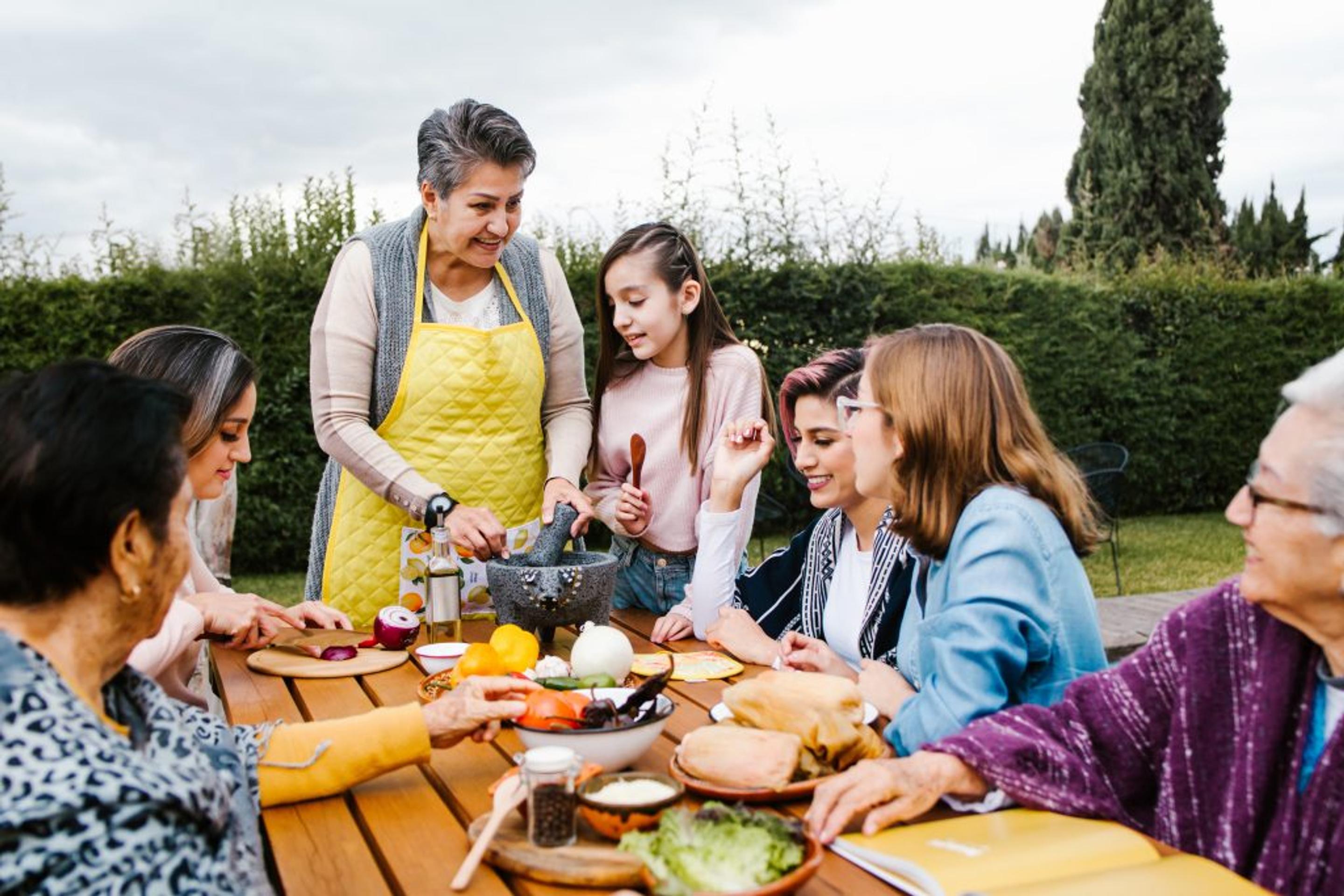
¡Feliz Día de las Madres!
Mother’s Day is a special occasion celebrated throughout the world in honor of the mothers who have dedicated their lives to nurturing and caring for their children.
Throughout Latin America, El Día de la Madre is celebrated with great enthusiasm and devotion.

However, unlike in the US, Mother’s Day is not celebrated on the same day in Latin American countries. While many celebrate the special day in May, there are many different dates on which Mother’s Day falls.
In Mexico, Guatemala, El Salvador, and Belize, May 10th is the traditional day to celebrate mothers (also known as El Dia de las Madres), and in Paraguay Mother’s Day is celebrated on May 15th, which is also the nation’s Independence Day. Bolivia celebrates Mother’s Day on May 27th and Nicaragua on May 30th. The Dominican Republic and Haiti celebrate on the last Sunday of May, and Spain on the first Sunday.
Some Latin American countries don’t even celebrate in the month of May—plot twist! Costa Rica celebrates on August 15th, Argentina on the third Sunday in October, and Panama on December 8th.
What is El Día de la Madre?
El Día de la Madre, also known as Mexican Mother’s Day or El Día de las Madres, is a vibrant celebration of mothers across Latin America, and is a day full of joy, appreciation, plenty of food, and lots of singing.
You may think “so it’s just like Mother’s Day in the US?” No! El Día de la Madre is actually a huge part of Mexican culture, not just socially, but also religiously.
Let's Jump into 5 Facts & Traditions of El Día de la Madre:
1. How is El Día de La Madre Celebrated?

It’s time to celebrate Mom! Mother’s Day in Latin American involves music, singing, food, and gift-giving to celebrate mothers everywhere. It’s a day for children to put Mom up on the pedestal she deserves and celebrate her in the best way they know how. Moms are often referred to as “las reinas de la casa,” or queens of the house and are treated accordingly!
Usually, there will be special church services to celebrate the day, in which it’s common to see symbols of Mother Mary and Jesus.
Our Lady of Guadalupe, a powerful symbol of motherhood in the Mexican Catholic Church, is also featured. She serves as a representation of the Virgin Mary, who is believed to have appeared as an apparition to an indigenous Mexican peasant in the 16th century.
2. What gifts are given for El Día de La Madre?

Lovingly Spotlight 📸: The ladies who own and operate Blue Iris Florist, a Lovingly affiliated florist located in Houston, TX since 2015.
Similar to gifts given on Mother’s Day in the United States, for El Día de la Madre, children often send flowers, thoughtful cards, and other heartfelt gifts to show Mom how much they love and appreciate her.
Flowers are not only encouraged on El Día de la Madre, they’re expected.
Pro tip: Don’t show up without flowers!
Taking Mom out to eat is also common, in fact, Día de la Madre is one of the busiest days of the year for restaurants.
3. The Music of Día de La Madre

Latin America’s passion for music is what truly sets Mexican Mother’s Day apart from Mother’s Day in the US.
Often times children will arrive at the family home on May 9th to start preparing for the festivities that the 10th will bring (and to get a little extra time with Mom!).
Mother’s Day begins as soon as Mom wakes up. It’s customary to be present at your mother’s home and to wake her up with a song.
If the big day happens to fall on a weekday, many schools will arrange special Día de la Madre activities such as songs the children can sing to their Moms.
In Latin America, music is huge, and singing is an integral part of Mother’s Day in Mexico. Mothers will often awake to their children serenading them with “Las Mananitas,” a traditional song that compares the lucky recipient with the world’s beauty at dawn, and are sometimes even accompanied by a hired mariachi band. Go big or go home!
Las Mañanitas (Spanish excerpt):
Despierta, mi bien, despierta, mira que ya amaneció, ya los pajarillos cantan,
La luna ya se metió.
Qué linda está la mañana en que vengo a saludarte.
Venimos todos con gusto y placer a felicitarte.
English translation:
Wake up, my love, wake up. Look, the dawn has come.
The little birds are already singing, and the moon has gone to bed.
How pretty is this morning, this morning I’ve come to greet you?
We’re delighted to have come here, with joy to congratulate you.
4. The Food of El Dia de La Madre

While some families choose to eat at home on Mother’s Day and others choose to dine out, many kitchens prepare traditional dishes such as:
- Mole: A spicy sauce featuring dried chiles, seeds, and sometimes chocolate.
- Sopes: Also known as a picadita, are fried masa buns topped with various savory ingredients.
- Pozole: A traditional meat soup or stew garnished with familiar Mexican ingredients such as avocados, limes, chili peppers, and onion.
- Enchiladas: Baked corn tortillas that are filled with meat, cheese, potatoes, vegetables, beans, or combinations of these ingredients.
5. More time with Mom

There’s nothing better on Mother’s Day than quality time well spent.
Many employers will even let employees leave work early to allow for extra quality time with their families, even though Mexican Mother’s Day isn’t considered a public holiday. Now that’s how it’s done!
Wherever you’re celebrating this year, focus on the reason for the season, celebrating Mom!


